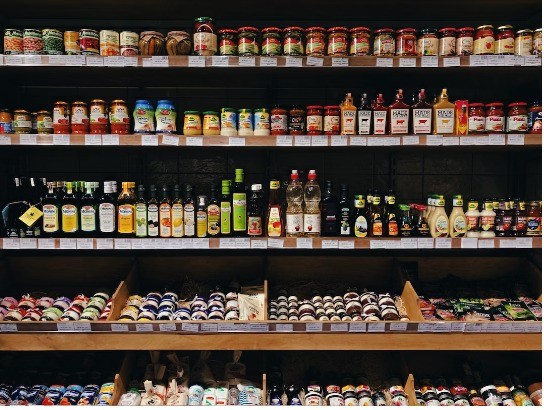When it comes to running a successful food store, there's more to it than just stocking shelves with products. The layout and design of the store play a crucial role in attracting customers, optimizing their shopping experience, and ultimately increasing sales.
Creating an Effective Store Layout
A well-designed food store layout starts with careful planning and consideration of customer behavior. Understanding how shoppers move through the store allows for strategic placement of products and efficient use of space. By utilizing a combination of straight and diagonal aisles, and creating visible pathways, customers are encouraged to explore the store and discover new items. Additionally, designated areas for high-demand products and promotions can be strategically placed to attract attention and increase sales.
Optimizing Product Placement
Placing products strategically within a food store not only helps customers find what they need but can also influence their purchasing decisions. High-margin items should be positioned at eye level to draw attention and increase the likelihood of purchase. Popular items should be placed near the entrance or near frequently visited sections such as the checkout counters. Furthermore, small electronics shelves, such as those showcasing kitchen gadgets or smart appliances, should be positioned in high-traffic areas to maximize visibility and encourage impulse buying.
The Power of Effective Signage
Clear and informative signage is vital for guiding customers through the store and highlighting special offers or promotions. Large, easy-to-read signs should be placed at the end of each aisle, clearly indicating the product categories within. Additionally, eye-catching signage can help draw attention to the small electronics shelf, making it a focal point for customers seeking tech-savvy kitchen tools or gadgets. Utilizing creative signage with detailed product descriptions and pricing information can further entice customers to explore the offerings.
Enhancing Customer Flow
Efficient customer flow is vital for a pleasant shopping experience. Aisles should be wide enough to accommodate shopping carts or baskets and allow for easy movement. The placement of checkout counters should be strategic, ensuring a smooth and quick checkout process. Furthermore, the incorporation of self-checkout kiosks can offer customers a convenient option and reduce wait times during peak hours. By integrating the small electronics shelf with a complementary product category, such as kitchenware or home appliances, customers are encouraged to explore related items, adding to their overall satisfaction and potentially increasing sales.
Incorporating Small Electronics Shelf for Maximum Impact
The addition of a small electronics shelf can be a game-changer for any food store. It allows customers to discover and explore innovative kitchen gadgets or smart appliances that can enhance their cooking experience. Placing the small electronics shelf near high-traffic areas like the entrance or checkout counters ensures maximum visibility. By partnering with popular electronics brands or offering exclusive deals, the food store can establish itself as the go-to destination for tech-savvy kitchen tools. Additionally, incorporating interactive displays or demonstration areas can provide a hands-on experience for customers, enticing them to make a purchase.
Conclusion:
Designing a food store layout that optimizes space, enhances customer flow, and maximizes sales requires careful consideration of various factors. By strategically placing products, incorporating effective signage, and creating an efficient customer flow, a food store can create an inviting and enjoyable shopping experience. The addition of a small electronics shelf further expands the store's offerings and attracts a new segment of customers. By continuously evaluating and adapting the store layout to changing customer needs, food store owners can ensure a successful and profitable business.


